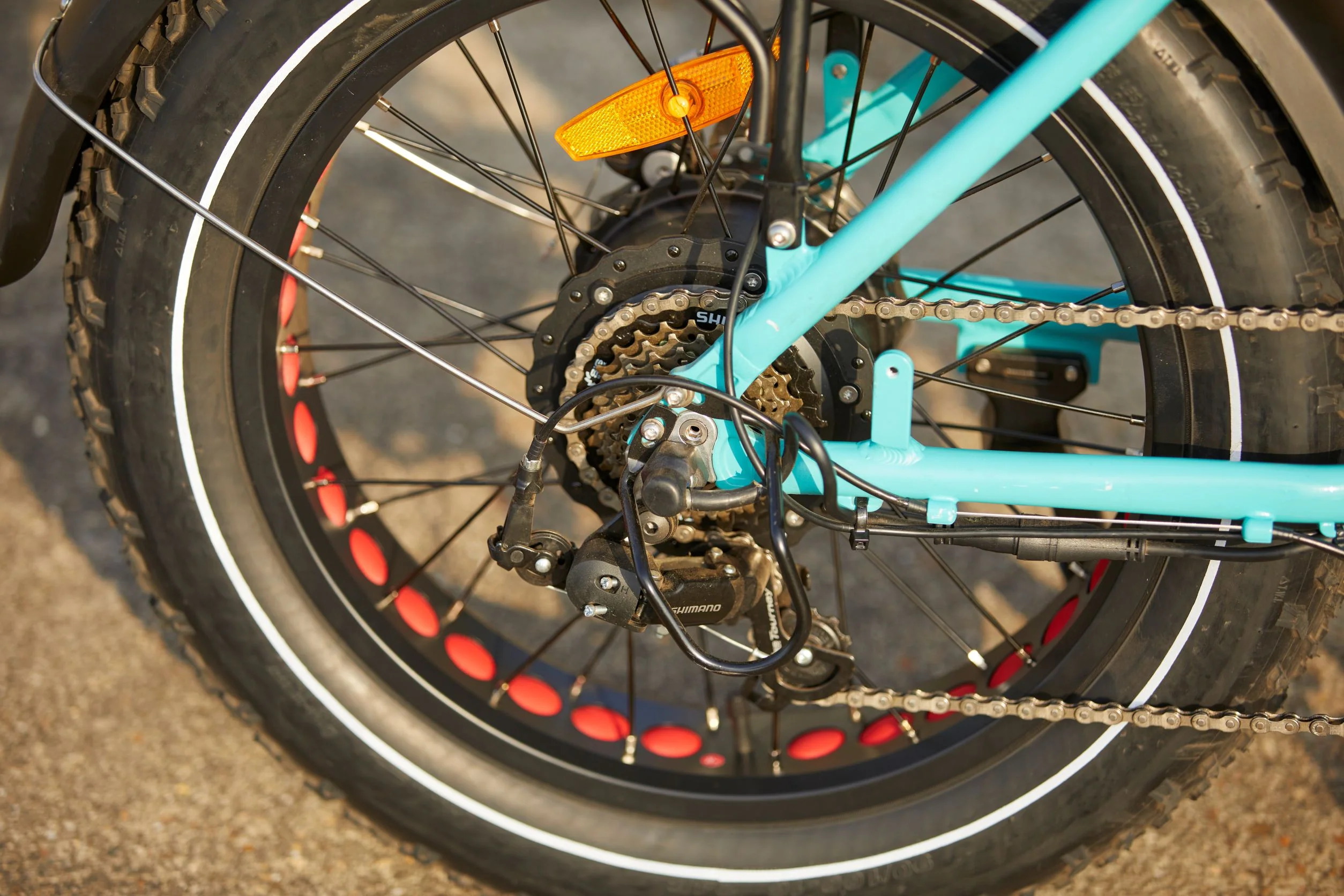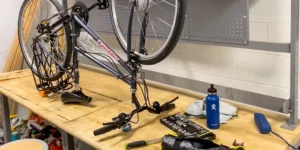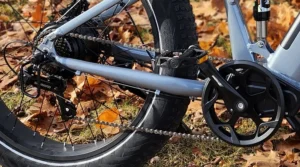eBikes have revolutionized the way we ride. They combine the joy of cycling with an extra boost, making long commutes or weekend adventures more accessible and enjoyable. However, like any technology, they can encounter hiccups along the way. Whether you’re a seasoned eBike enthusiast or just getting started, understanding common electrical issues is crucial for smooth rides.
From battery troubles to motor malfunctions, these problems can be frustrating but are often manageable with some troubleshooting skills. If you’re ready to dive into the world of eBike electrical diagnostics, let’s gear up and tackle those pesky issues together!
Common Electrical Issues and Their Causes
Electric bikes, like any complex machines, can encounter various electrical issues. Understanding these problems is the first step toward effective troubleshooting.
One common issue is a faulty battery. Over time, batteries may lose their charge capacity due to age or improper maintenance. This can lead to unexpected power loss during rides.
Another frequent problem involves the motor. If you notice reduced performance or strange noises, it might indicate internal damage or wear and tear.
Wiring issues also pop up quite often. Loose connections can cause inconsistent power delivery and even complete failures in some cases.
Display malfunctions are not uncommon either. A flickering screen could signal connection problems or software glitches that need addressing before they worsen.
Identifying these causes early on helps keep your eBike running smoothly and reliably for years to come.
How to Troubleshoot Battery Problems
Start by checking the battery’s charge level. Use a multimeter to measure voltage. If it’s below the manufacturer’s specifications, recharge it fully.
Inspect the battery connections next. Loose or corroded terminals can disrupt power flow. Clean any corrosion with baking soda and water, then tighten connectors securely.
If your eBike still struggles after recharging and cleaning, consider testing with a different battery if available. This helps determine whether the issue lies within the original battery or elsewhere in the system.
Don’t forget about temperature effects either; extreme heat or cold can impact performance significantly. Allow your bike to adjust to room temperature before troubleshooting further.
Review your charging habits. Overcharging can reduce lifespan while not charging enough might lead to unexpected failures on rides. Keep an eye on these details for better reliability.
Diagnosing Motor Malfunctions
Motor malfunctions can be frustrating, but understanding how to diagnose them is crucial. Start by listening for unusual sounds when you pedal. Grinding or clicking noises may indicate internal issues.
Next, check the motor’s responsiveness. If it hesitates or doesn’t engage at all, inspect the throttle and any related components. A faulty sensor could also be responsible; ensure they’re clean and properly connected.
Don’t forget about software glitches! Sometimes a simple reset of your eBike’s control system can resolve performance hiccups.
Battery voltage plays a significant role too. Make sure it’s adequately charged before diving deeper into potential problems with the motor itself.
Visually examine the motor for signs of physical damage or wear. Cracks in housing or corroded connections might signal where things have gone awry. Each step helps narrow down what’s causing those pesky malfunctions.
Fixing Wiring and Connection Issues
Wiring and connection issues can be frustrating, but they’re often easy to fix. Start by inspecting all visible wires for frays or breaks. Even a small cut can disrupt the entire system.
Check connectors as well. Loose connections may cause intermittent power loss. Ensure that each connector is securely attached; sometimes a simple push is all it takes to restore functionality.
Use dielectric grease on connections to prevent moisture buildup, which can lead to corrosion over time. It’s an inexpensive solution with lasting benefits.
When working on wiring, always disconnect the battery first for safety. This prevents any accidental shorts while you troubleshoot.
If you encounter damaged wiring, consider replacing just the affected section instead of the entire harness if possible. It’s cost-effective and keeps your eBike running smoothly without significant downtime.
Tips for Preventing Future Electrical Problems
To keep your eBike in top shape, regular maintenance is key. Check connections frequently. Loose or corroded wires can lead to serious issues down the line.
Store your battery properly when not in use. Extreme temperatures can affect performance and lifespan. Aim for a cool, dry place that’s away from direct sunlight.
Cleaning matters too. Dirt and grime can accumulate around electrical components, leading to malfunctions over time. A gentle wipe with a damp cloth does wonders.
Keep an eye on software updates for your eBike’s control system. Manufacturers often release patches that improve functionality and fix bugs.
Invest in quality accessories like chargers and cables. Cheap alternatives may save money upfront but could create problems later on. Your eBike deserves reliable components for optimal performance.
Conclusion
Troubleshooting electrical issues on your eBike can seem daunting, but it’s often more straightforward than you might think. By understanding the common problems and their causes, you are already halfway to finding a solution.
Regular maintenance is key. Keeping an eye on your battery health, ensuring connections are secure, and watching for signs of wear in wiring can save you from unexpected breakdowns down the road.
When faced with a malfunction or issue, don’t hesitate to consult resources or seek professional help if needed. Learning about your eBike will not only enhance your riding experience but also prolong its life.
Remember that every problem has a solution. With patience and care, you’ll keep those wheels turning smoothly for years to come.




